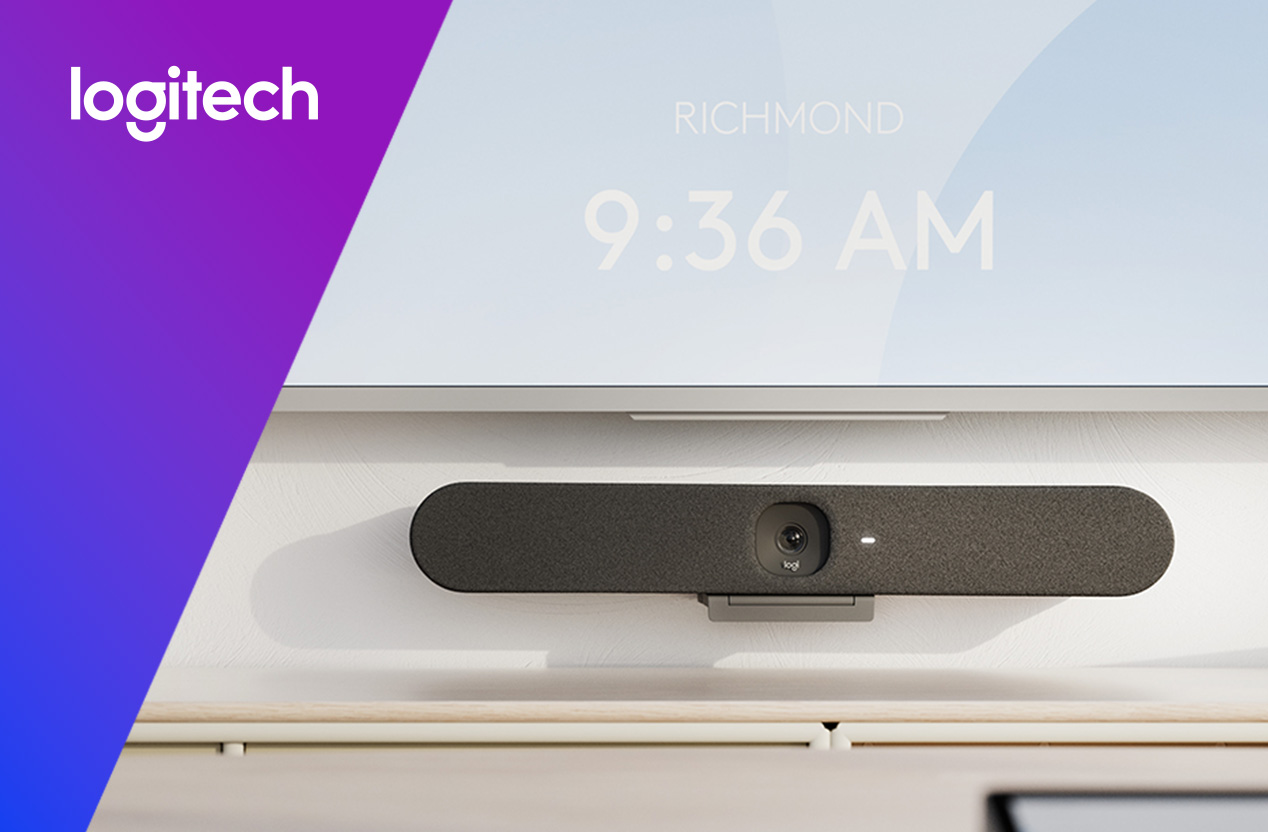























£1,789.94*
- Resolution 3840 x 2160 4K UHD
- Field of view 315°


visunext Services
Frequently purchased together
Product information
Logitech Sight helps remote workers get the best possible perspective in any hybrid meeting . This AI-controlled tabletop camera works with the Logitech Rally Bar or Rally Bar Mini to capture and identify what's happening in the meeting room with the best sound and optimal viewing.

TABLE CAMERA WITH INTELLIGENT FRAMING AT MULTIPLEPARTICIPANTS
Sight is a camera that can be used with the Logitech Rally Bar or Rally Bar Mini to provide a frontal view of the meeting participants at the table. Seamless integration with all major video conferencing solutions, Sight enhances the user experience for hybrid meetings by capturing audio and video further into the room, making remote participants feel more engaged. Whether you are a large conference or a small team meeting: Sight ensures that every participant can contribute with the same clarity and is heard. With Sight, you can run even better hybrid meetings and provide a more interesting and effective meeting experience for all participants
Use in conjunction with Rally Bar or Rally BarMini for more equal meetings
Sight can be used in conjunction with Rally Bar or Rally Bar Mini to provide a view from the front and centre. The people speaking are intelligently framed, and remote participants benefit from clear audio and video.
See and hear clearly in larger rooms
With a Detection range of 2.3 metres, Sight is designed for medium to large rooms and detects and captures conversations and non-verbal signs around the table clearly.
Tracking conversations naturally
Adaptive Intelligence recognises and tracks up to four people talking at the same time and frames them. If the speakers change in the course of the conversation, this is recognised and the display changes accordingly.

315° video capture: Captures all participants at the table using two lenses with a resolution of up to 4K.

Directional microphone pickup: Detects active speakers based on the direction of incoming voices. 7 beamforming microphones make a mic pod
Microphone mute controls: With the touch of a button, users can quickly mute or unmute the microphones in the room quickly and easily
Status indicators: The 3 coloured LEDs clearly indicate different statuses, such as video on/off, power on/off, mute on/off, call status and power status.
Magnetic shutter: Slide the magnetic shutter in front of the lenses to automatically turn off video capture.
Include brackets for secure installation: Attach the Sight and the cables to the table using the table mount. Route cables under the table so they are invisible to meeting participants. Place Sight in unusual rooms with U- or V-shaped tables by mounting it on a tripod
Compatibility with video conferencing platforms

Logitech Sight integrates with a wide range of video conferencing platforms. Examples:
Microsoft Teams Rooms
Zoom Rooms
Google Meet
Microphone specifications:
Beamforming elements: 7 omnidirectional digital MEMS microphones, forming six adaptive endfire acoustic fields
Audio range: 2.3 m radius
Microphone type: Digital MEMS microphones with 72 dB signal-to-noise ratio and an acoustic clipping point of 130 dB; dust and water protection according to IP57
Frequency range: 90 Hz - 16 kHz
Sensitivity:>-36 dBFS +/-1 dB at 1 Pa
Audio processing: AEC (Acoustic Echo Cancellation) and VAD (Voice Activity Detector) and desounding based on machine learning
Noise cancellation: Machine learning with artificial intelligence for the attenuation of stationary and non-stationary noises
Technical data
| Name | Logitech Sight table camera with AI technologies, 3840 x 2160 4K UHD, 60 fps & 315° for improved interaction - White |
|---|---|
| Article number | 1000028288 |
| GTIN/EAN | 0097855181046 |
| Manufacturer SKU | 960-001503 |
| Model name | Sight |
| Brand | Logitech |
| Product Type | Conference Camera |
| Application | Medium Rooms , Small rooms |
| Resolution | 3840 x 2160 4K UHD |
| Frames per Second | 60 fps |
| Focus type | Manual & automatic focus |
| Digital Zoom | 2 |
| Lens Zoom | 1 |
| Field of view | 315° |
| Inputs | 2x Ethernet |
| Product width | 16.9 cm |
| Product height | 29.9 cm |
| Product depth | 16.9 cm |
| Weight | 1.5 kg |
| Colour | White |
| Delivery contents | Lens cap , Quick user guide , mount |
| Condition | New |
| Warranty | 24 Month |
| Warranty type | Bringin service Service and support information |
Product safety
| Company |
|---|
| Logitech |
| EPFL - Quartier de l'Innovation, Daniel Borel Innovation Center |
| 1015 Lausanne |
| Switzerland |
| info@logitechg.de |









